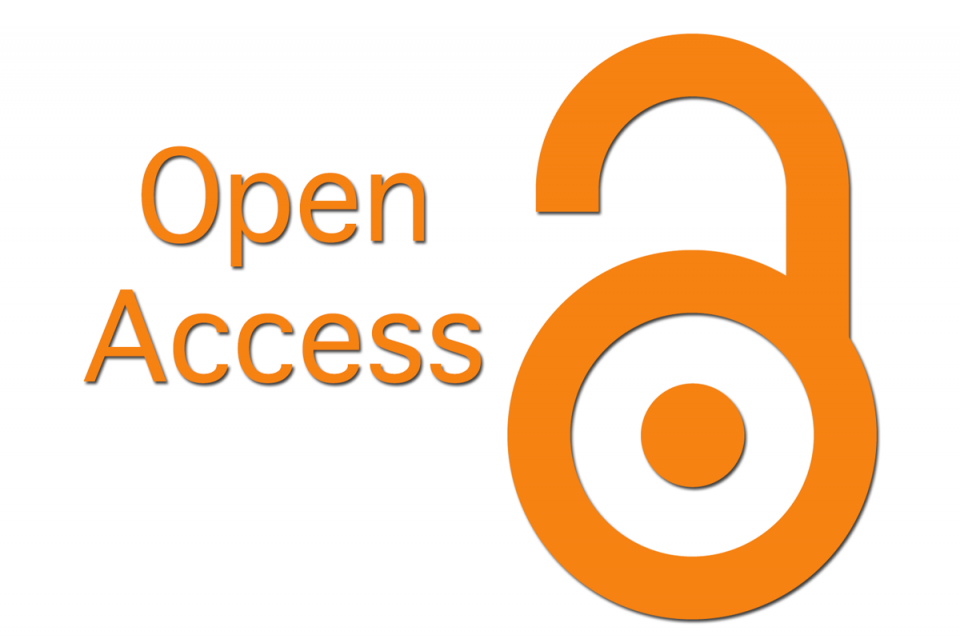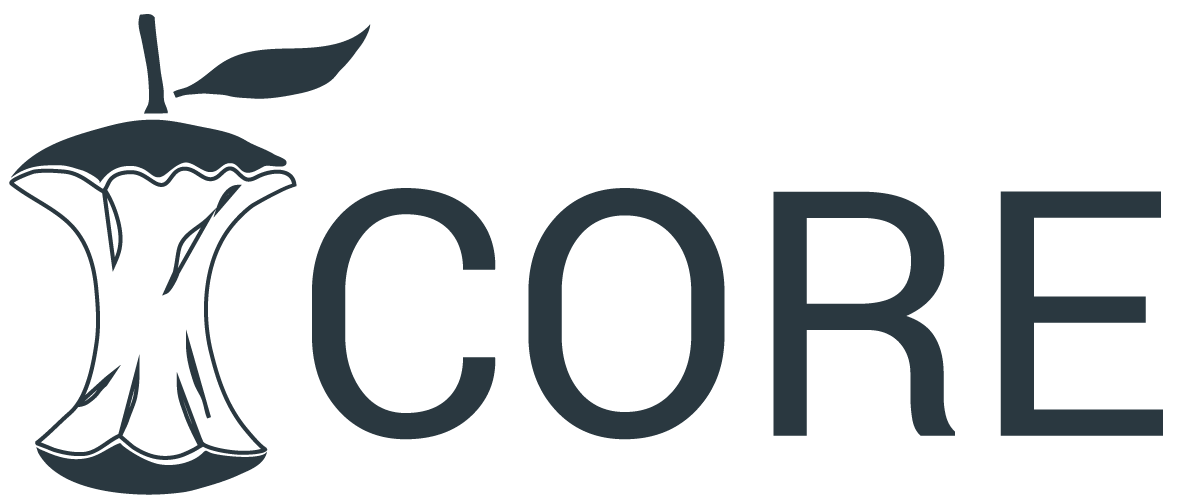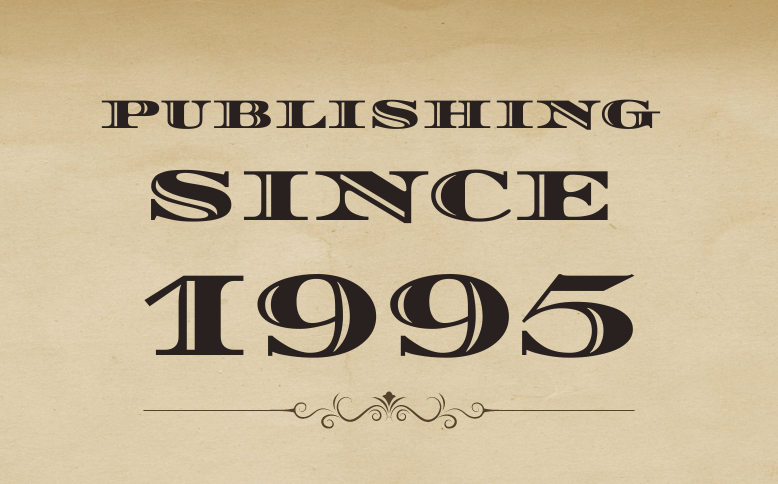School Mid-Day Meal Program in India: Past, Present, and Future
Keywords:
Dietary consumption, Hot cooked meal, Mid-day meal, Nutritional status, School children.Abstract
In 1995 the National Primary Education Nutrition Support Program was launched with two main objectives: Universalization of elementary education and enhancement of primary school student's nutritional status. The dominant government offered 100 g of wheat / rice per day to children in classes I to V throughout the province, local authorities and the Government helped the elementary schools. Hot cooked meals were provided by Kerala, Orissa, Tamil Nadu, Chhattisgarh and MP Cereals providing but other states and UTs provided 3 kg of cereals / month to 80 percent attendance for children. By 2001 there were more than 100 systems had served millions of students in 7, 92,000 colleges. In 2001, India's Supreme Court governed that midday meal (MDM) is a legitimate claim for school children, and also that the administration would have to deliver all primary school children with a hot cooked midday meal for 200 days. Universal primary schooling and MDM have also been accomplished in the last decade. MDM provides roughly 100 million children with hot cooked meals each day. MDM’s cereal content is sufficient but MDM’s pulse but vegetable quality is insufficient. Under-nourished school health facilities in coordination with MDM can be identified; Usage of the Body Mass Index (BMI) for aged for healthy and over-nourished children, as well as provide adequate therapy and treatment. If this method is implemented and regularly practiced, and the nutritional child is diagnosed can be considerably improved.
Downloads
References
A. M. Preston and N. Rodríguez-Quintana, “Number and type of meals consumed by children in a subset of schools in San Juan, Puerto Rico,” P. R. Health Sci. J., 2015.
M. E. Lehnerd, “Investigating the adoption and impact of nutrition incentive and farm to school programs,” Diss. Abstr. Int. Sect. B Sci. Eng., 2018.
P. A.M. and R.-Q. N., “Number and Type of Meals consumed by Children in a Subset of Schools in San Juan, Puerto Rico,” P. R. Health Sci. J., 2015.
A. M. Chutani, “School lunch program in India: Background, objectives and components,” Asia Pac. J. Clin. Nutr., 2012, doi: 10.6133/apjcn.2012.21.1.21.
J. Ali and M. Akbar, “Understanding students’preferences on school mid-day meal menu in india,” Br. Food J., 2015, doi: 10.1108/BFJ-03-2014-0099.
S. Banerjee, A. Dias, R. Shinkre, and V. Patel, “Under-nutrition among adolescents: A survey in five secondary schools in rural Goa,” Natl. Med. J. India, 2011.
J. Ali and M. Akbar, “Pupils’ satisfaction with school mid-day meal program,” Br. Food J., 2015, doi: 10.1108/bfj-01-2015-0002.
L. Verma, “Impact of Mid day Meal Programme in India: A review,” Int. J. Multidiscip. Approach Stud., 2015.
L. Gopal and Y. Nagaraju, “Use of renewable energy to enhance sustainability of the mid-day meal program in schools,” Energy Sustain. Dev., 2013, doi: 10.1016/j.esd.2013.05.002.
M. C. Turnin et al., “Effect of Nutritional Intervention on Food Choices of French Students in Middle School Cafeterias, Using an Interactive Educational Software Program (Nutri-Advice),” J. Nutr. Educ. Behav., 2016, doi: 10.1016/j.jneb.2015.09.011.
D. A. P. Bundy, S. Horton, D. T. Jamison, G. C. Patton, and N. de Silva, “Re-Imagining School Feeding: A High-Return Investment in Human Capital and Local Economies,” Child Adolesc. Heal. Dev. Dis. Control Priorities, 2017.
P. Ramachandran, “School Mid-day Meal Programme in India: Past, Present, and Future,” Indian Journal of Pediatrics. 2019, doi: 10.1007/s12098-018-02845-9.
Y. Gajpal, V. Roy, and B. S. Sahay, “Vehicle routing for a mid-day meal delivery distribution system,” Heliyon, 2019, doi: 10.1016/j.heliyon.2019.e01158.
H. P. S. Sachdev and T. Gera, “Preventing childhood anemia in India: Iron supplementation and beyond,” European Journal of Clinical Nutrition. 2013, doi: 10.1038/ejcn.2012.212.
Downloads
Published
How to Cite
Issue
Section
License
You are free to:
- Share — copy and redistribute the material in any medium or format for any purpose, even commercially.
- Adapt — remix, transform, and build upon the material for any purpose, even commercially.
- The licensor cannot revoke these freedoms as long as you follow the license terms.
Under the following terms:
- Attribution — You must give appropriate credit , provide a link to the license, and indicate if changes were made . You may do so in any reasonable manner, but not in any way that suggests the licensor endorses you or your use.
- No additional restrictions — You may not apply legal terms or technological measures that legally restrict others from doing anything the license permits.
Notices:
You do not have to comply with the license for elements of the material in the public domain or where your use is permitted by an applicable exception or limitation .
No warranties are given. The license may not give you all of the permissions necessary for your intended use. For example, other rights such as publicity, privacy, or moral rights may limit how you use the material.









